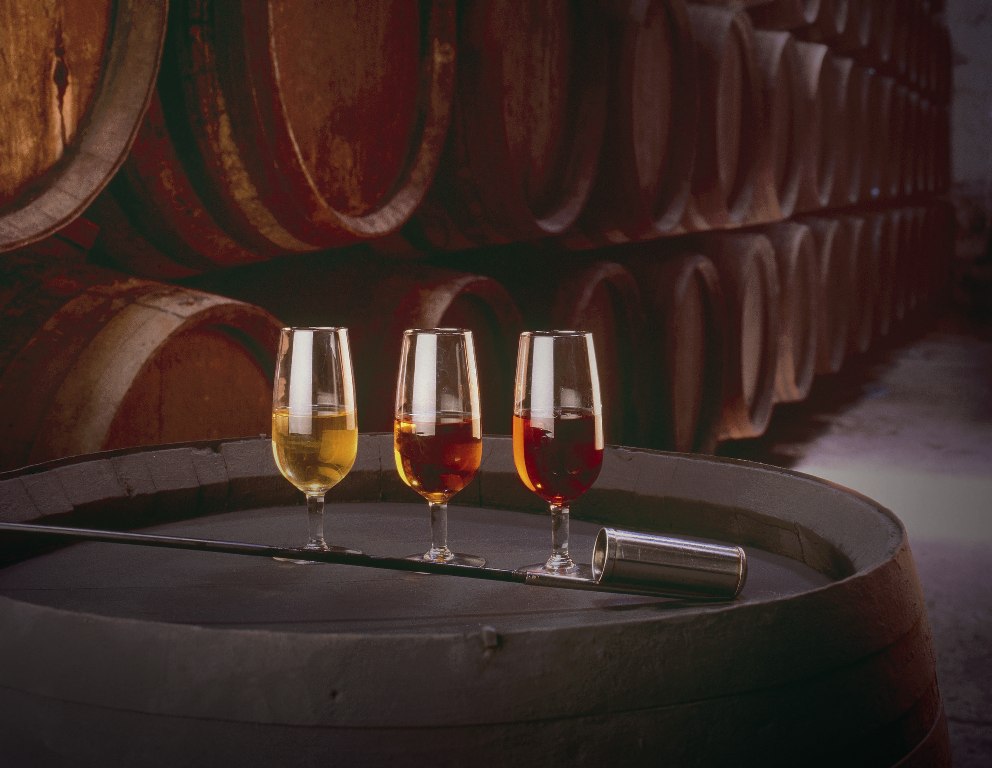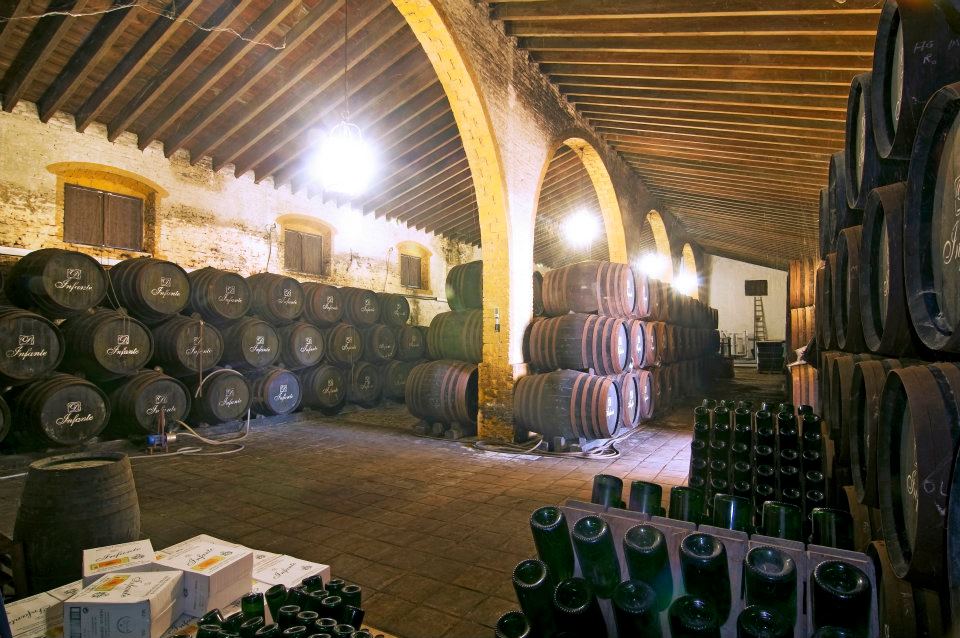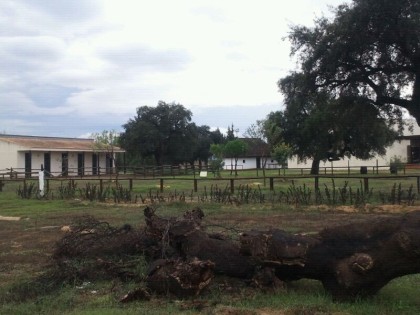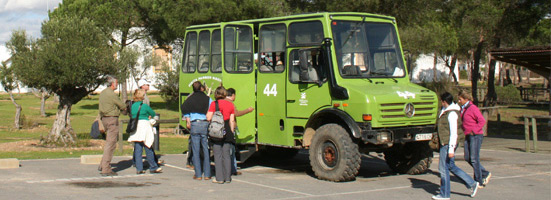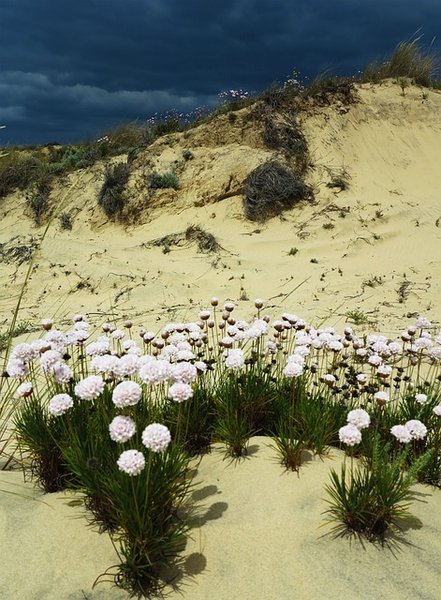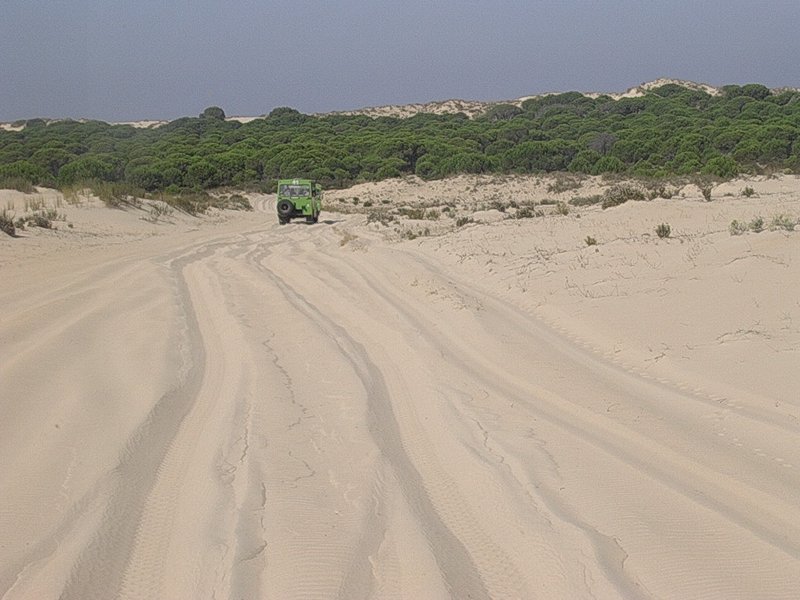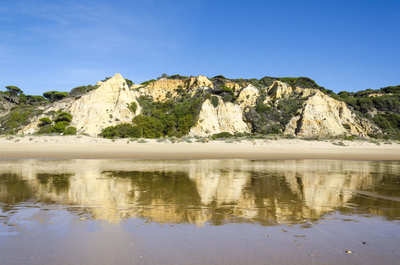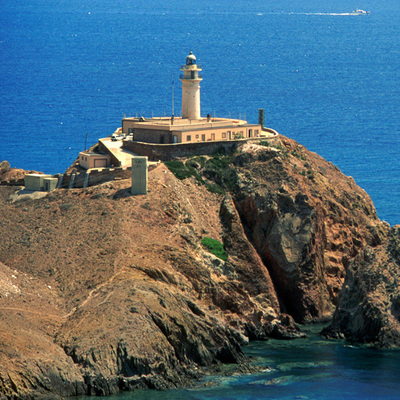Doñana

Doñana is a complex mosaic of landscapes forming a flat, clean horizon, a paradise for birds in the most important wetlands in Europe.
HAlfway between the provinces of Huelva, Seville and Cádiz, Doñana is now a labyrinth of land and water that shapes the marshes, spectacular lakes and channels, reserves and pine forests, streams and banks, dunes, beaches and cliffs. Bonanza, Gallega, Ribetehilos and El Lucio del Cangrejo are clear examples of the lagoons that dominate this area, providing shelter for thousands of birds.
Among the varied landscapes that also form part of Doñana are the moving dune systems that run between Matalascañas and the mouth of the Guadalquivir, over 25 kilometres of unspoilt beach and white sand; the fossil dunes of the Asperillo, over 30 metres tall; or on the beach, the cliffs with the same name, made of orange and ochre sandstone due to the rich iron oxide waters that flow through the chorritos.







